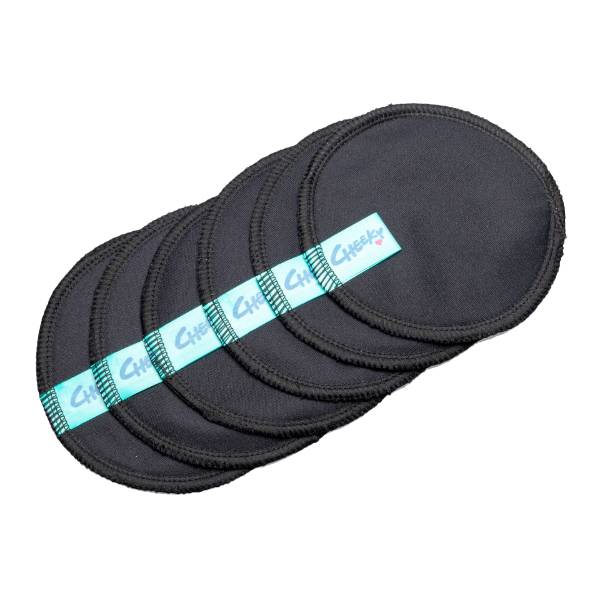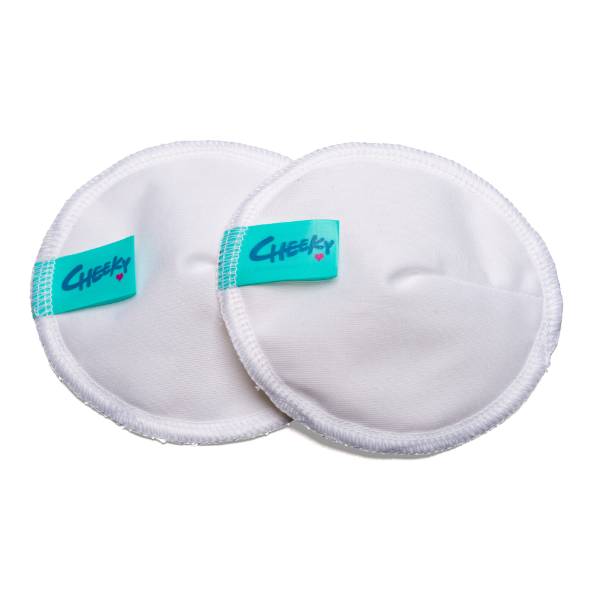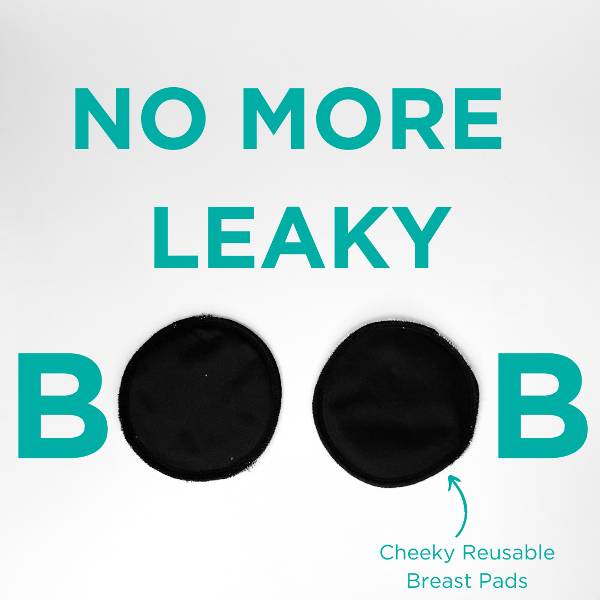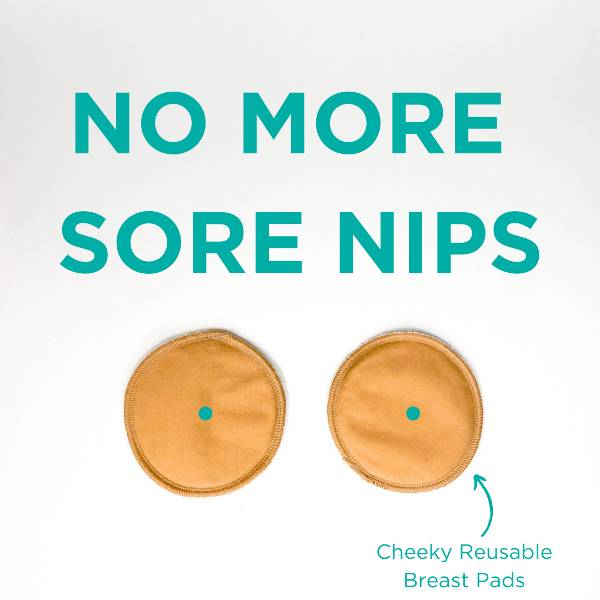How to use reusable breast pads - the ultimate guide14 June 2022 | Admin We understand that when you're expecting your baby, you'll want to do what's best for them which is generally considered to be breastfeeding. However as someone who has mixed breastfeeding and bottle feeding 4 children, I appreciate that breastfeeding can be tricky and uncomfortable for some people. Never mind getting you wet and soggy which is where our fantastic reusable nursing pads come in! In our honest guide to reusable breast or nursing pads, we answer these questions for you: We've found bamboo reusable nursing pads to be best in terms of comfort, absorbency and also most eco-friendly. There are generally two different types of bamboo breast pad available, shaped and flat. Both are super absorbent and contain bamboo which is naturally anti-bacterial and breathable. Which one works best for you depends on your breast size.
Most people will find our flat breast pads suitable: - 11cm wide
- pul layer to stop leakage
- bamboo and bamboo fibre core, so super soft and super absorbent
'Really great reusable breast pads. Soft, really absorbable, no leaks and thin/not noticeable through tops. Also really like the black option so match my bras.' Laura 
Alternatively for those with smaller breasts, our shaped reusable nursing pads are great: - 11cm
- pul backed to prevent leaking
- bamboo & bamboo core, so super absorbent
'Much more absorbent than alternatives I’ve tried, which is especially useful in the early weeks when things are particularly leaky! Lucy To use reusable nursing pads: - Choose the appropriate nusring pad for your size of breasts. Shaped are better for smaller breasts, flat for larger breasts. Remember that your breasts will be larger than pre-pregnancy and larger again when your milk supply comes in!
- Change regularly, every 3 or 4 hours or when you're feeding your baby
- Simply wash at 40c, dry and reuse

I remember when my son was first born and within around 18 hours my milk came in. It's a disconcerting and somewhat uncomfortable feeling seeing your breasts swell and become hard to touch like footballs. Sometimes they can even become too full for your baby to latch on to easily which is when your let-down comes in handy! Let-down is when your breasts start to tingle and breast milk starts flowing of it's own accord from your milk ducts and it's a perfectly natural response to your baby needing to feed. However this can be totally awkward and inconvenient when you're left feeling wet, with two big wet patches on the front of your top or your other half ends up with a wet back in bed! For this reason, nursing pads are really useful for many mothers, absorbing this let-down in breast pads to avoid having to change your top frequently. On average you'll need 3 or 4 pairs of reusable nursing pads per day. If you wash every other day, you may need 9 pairs to allow for drying in between. This will still save you money over using disposable nursing pads which cost around $7 for 10 days supply. Assuming that you breast feed for 6 months, that's around $120, so even with 9 pairs of reusable pads, that's a significant cost saving. You should change your nursing pads on average 3 or 4 times a day, depending on your milk flow. Initially you may need more or need to change them more frequently as your body gets used to how much milk it needs to produce. It's not uncommon initially for you to produce so much milk that it squirts out at force, which is when it's also handy to have a muslin nearby to prevent splashback on onlookers! 'They are nice and soft and comfy. The shape helps them stay in place during the day...I bought 2 bundles so i have enough to rotate through the wash and am overall happy with them as even though i have to remember to change them more often, I have enough to make it value for money, and cheaper in the long run than disposable pads.' AandD To wash nursing pads, you should: - Place your nursing pads in a mesh laundry bag to prevent them being eaten by your washing machine
- Wash in your washing machine using warm water, 40c ideally
- Use your normal detergent, avoiding fabric softener which can impact the absorbency of your breast pads.
- Line dry or tumble dry on low. Tumble drying also helps keep your nursing pads hygienically clean

No, reusable breast pads can’t cause mastitis and in fact can help as they reduce the possibility of having cracked sore nipples. Mastitis happens when bacteria enters the breast through a milk duct or crack in the skin. It can also occur when milk backs up due to a blocked milk duct and bacteria grow in the stagnant milk. Mastitis can also be caused by problems with breastfeeding or latch. If you're suffering from mastitis, reusable breast pads are brilliant as warm compresses, soaked in water which is as warm as you can bear and applied every few hours. We hope this blog post has been helpful. If you found it useful, you may enjoy these articles too: About the author: Helen Rankin founded Cheeky Wipes back in 2008, when people thought she was crackers selling reusable wipes. She's also a Mum of 4 and has suffered through the occasionally toe-curling pain of breast-feeding with all 4 children, so is well placed to give advice on breast pads. Cheeky Wipes have been specialists in 'Simple Reusables' since 2008 and are especially proud of their friendly, helpful customer services, answered by real people who have all used the products themselves. |